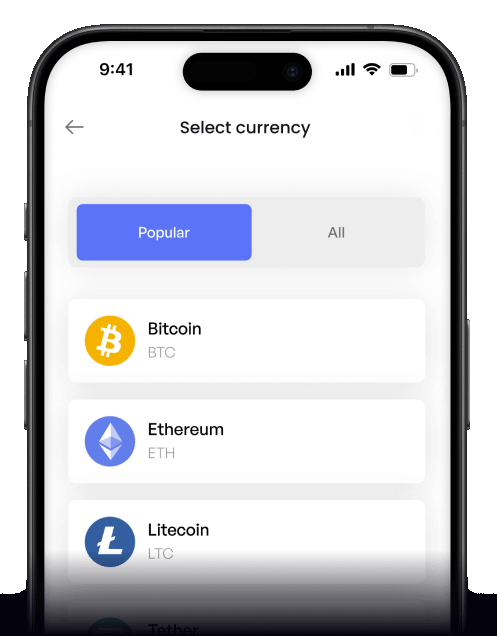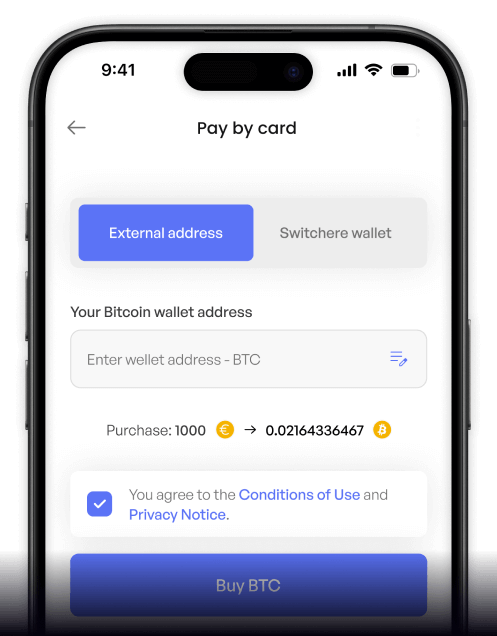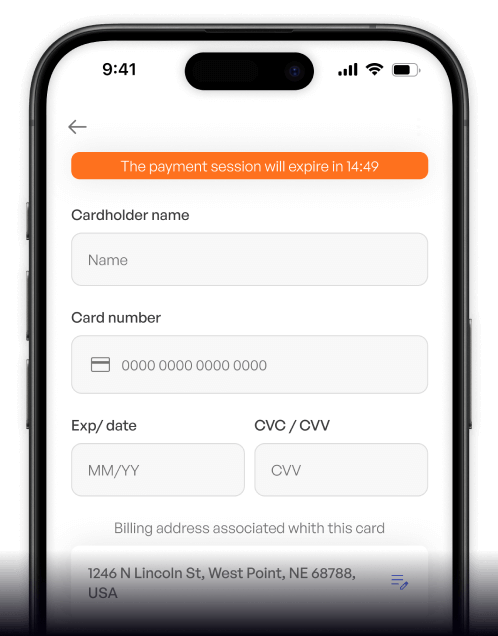Convert
Japanese yen (JPY) to Aptos (APT) Instantly
Purchase Aptos (APT) with Japanese yen (JPY) easily at Switchere and benefit from fast, secure transactions.
About
Aptos (APT)
Aptos (APT) is a high-performance Layer 1 blockchain engineered to provide a secure, scalable, and upgradeable foundation for Web3 infrastructure. Stemming from the technological advancements of the Diem blockchain initiative, Aptos addresses core scalability challenges by enabling high throughput and low latency without sacrificing decentralization. This decentralized network is purpose-built for reliability, supporting a robust ecosystem of DeFi applications, NFTs, and dApps aiming for mainstream adoption. Its architecture is uniquely designed for seamless on-chain upgrades, preventing disruptive hard forks and ensuring consistent availability for developers and users interacting with its digital ledger.
At its core, Aptos leverages the Move programming language, a Rust-based language focused on secure asset management and verifiable smart contracts. A key differentiator is its parallel execution engine, Block-STM, which processes transactions concurrently to dramatically boost network capacity and speed. This is underpinned by a sophisticated Byzantine Fault Tolerance (BFT) consensus mechanism for rapid finality and robust cryptographic security. The native APT token is integral to this ecosystem, serving as a utility token for transaction fees (gas), a means to secure the network through staking, and a governance token for on-chain voting on protocol upgrades. This positions Aptos as a formidable platform for the future of decentralized applications.
How to Buy Aptos (APT)
Popular Coins for Japanese yen (JPY)
Other Coins for Japanese yen (JPY)
Frequently asked questions
-
What are the primary methods for purchasing Aptos (APT) with Japanese Yen (JPY)?
The most common method is using a regulated Japanese cryptocurrency exchange that lists the JPY/APT pair. These platforms serve as a fiat on-ramp, requiring users to complete KYC/AML verification. Typically, you can fund your account via a JPY bank transfer, allowing you to execute a direct digital asset purchase. Once acquired, APT can be withdrawn to a secure, Aptos-compatible digital wallet to interact with its scalable Web3 infrastructure. -
Why is Aptos's Move programming language a key factor when considering a JPY/APT investment?
The Move programming language, originally developed for Diem, is a core feature of the Aptos blockchain, designed with a focus on asset safety and formal verification. For those transacting from JPY, understanding this technical underpinning is crucial. It signifies a platform built for secure, high-value transactions and complex dApps, potentially driving long-term developer adoption and network utility, which are important considerations beyond simple trading volume. -
How does the Block-STM parallel execution engine impact JPY to APT transactions?
The Block-STM parallel execution engine is a key Aptos innovation that allows for high throughput and low latency. When you convert JPY to APT and then use APT on-chain, this technology ensures that your transactions are processed quickly and efficiently. It means lower network congestion and more predictable, minimal gas fees compared to blockchains without parallel processing, enhancing the overall user experience within the Aptos ecosystem. -
What type of digital wallet is required to store APT after purchasing with JPY?
To securely store your Aptos (APT) tokens after a JPY transaction, you must use a wallet specifically designed for the Aptos blockchain. General-purpose crypto wallets for other networks like Ethereum are not compatible. Look for wallets that support the Aptos network, such as Petra or Martian Wallet. Using a non-custodial wallet gives you full control over your private keys and is essential for interacting with dApps and other features within the Aptos ecosystem. -
What are typical fees associated with JPY to APT conversion on Japanese exchanges?
When converting JPY to APT, expect several potential fees. First, there are deposit fees for funding your exchange account with JPY via bank transfer. Second, the exchange will charge a trading fee, often a percentage of the transaction value, which varies between maker and taker orders. Finally, when you withdraw your APT to an external wallet, there's a network withdrawal fee. It's crucial to check the fee schedule of any FSA-regulated exchange before committing to a digital asset purchase.






